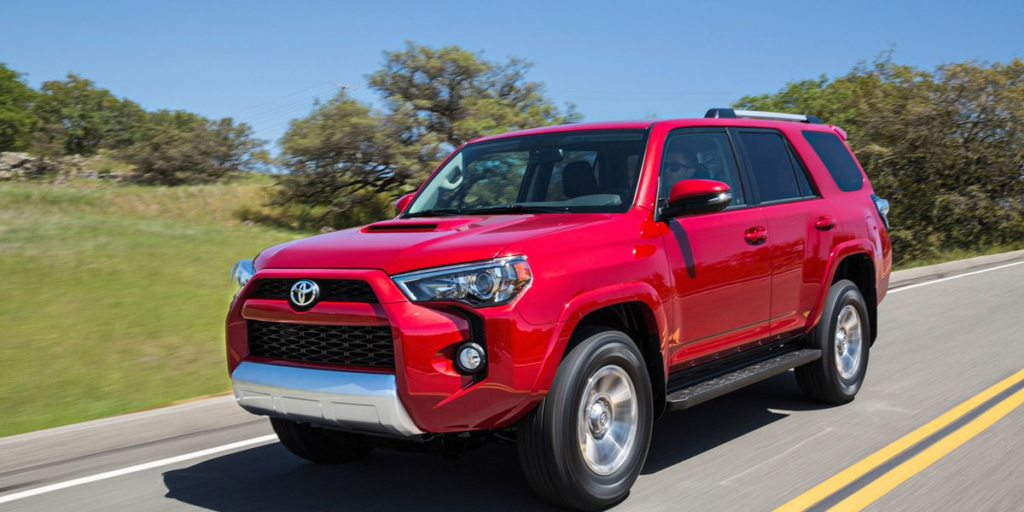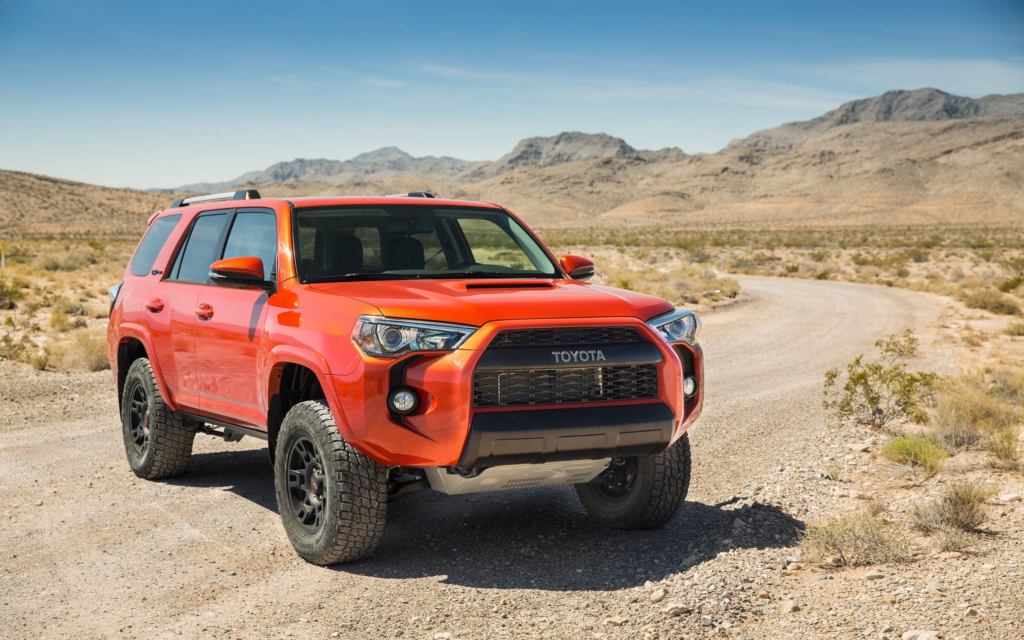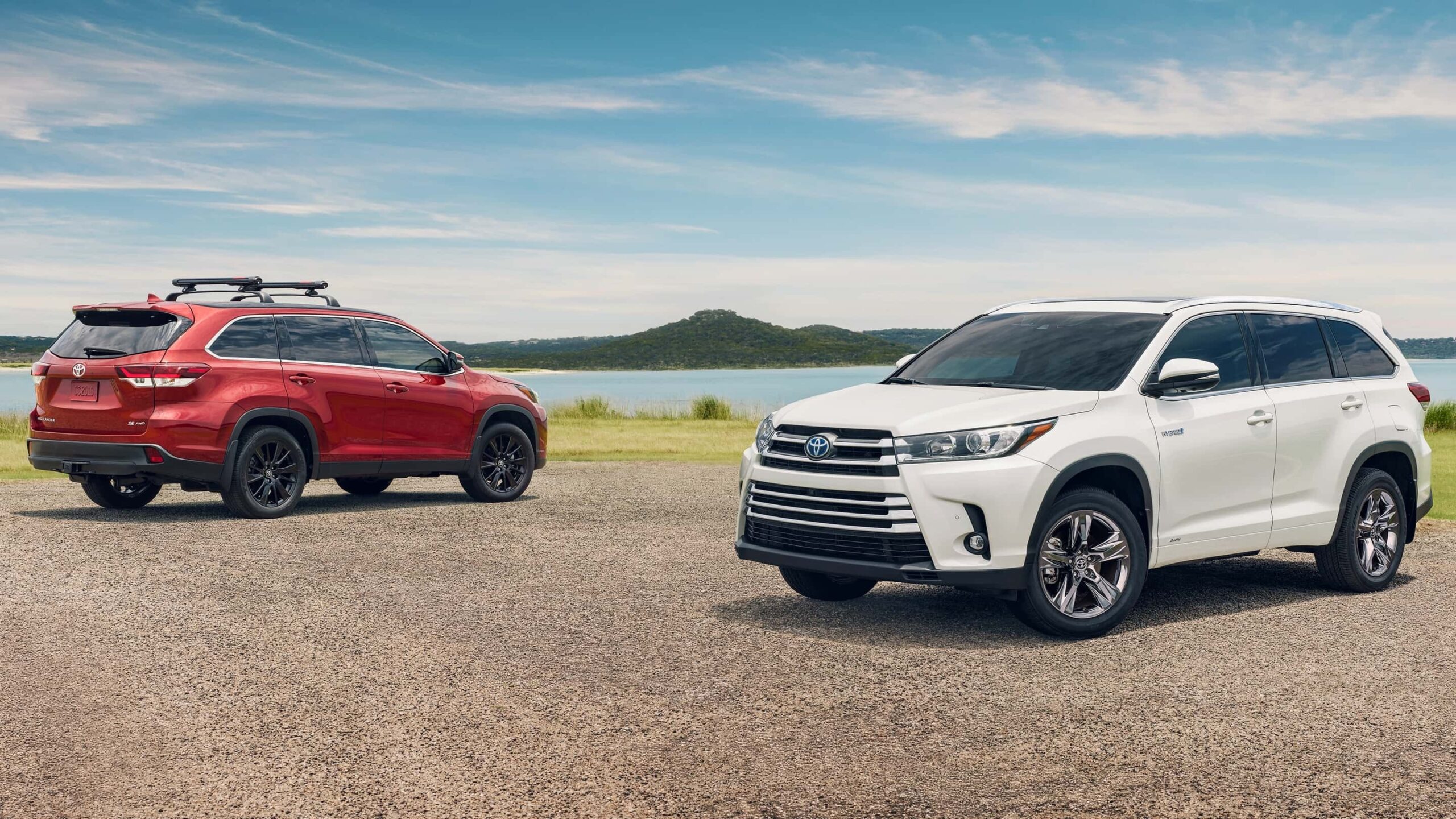
There’s a good reason why Toyota is consistently ranked as one of the industry’s leading manufacturers, and the Toyota 4Runner is a prime example of why. The Toyota 4Runner has earned a strong reputation among those who enjoy driving midsize SUVs. But what makes these cars so special, and which years are the best to buy?
There are certain model years of SUVs that are better constructed than others and are, therefore, preferable if you are looking to purchase a used SUV.
In short, the best Toyota 4Runner years would be 2020, 2017, 2013, 2009, and 2002. Whereas, it can’t be denied that 2015, 2014, 2003-2006, 2001, and 1995 are some of the worst years of Toyota 4Runner that you should avoid.
Reliability of Toyota 4Runner
The 4Runner is one of the most reliable sport utility vehicles available, with the exception of a few poorly executed models. In fact, it has been lauded for its sturdy construction and reliability ever since it went into mass production in the 1980s.
The body-on-frame design gives it superior sturdiness, durability, and stability. The 4.0L V6 engine’s reliability has been praised by many owners. The longevity and reliability of the 4Runner have earned it a reputation as a good value in the long run.
Best Years of Toyota 4Runner
Though it experienced some growing pains, the 4Runner ultimately gave rise to some fantastic automobile models. If you’re looking for a used SUV, consider the 4Runner models listed below.
2002: 3rd Generation

The 4Runner of 2002 also comes in a sportier configuration that’s ideal for exploring the great outdoors. However, if you’re looking to keep your tires firmly on the ground, you’ll find the functionality to be excellent.
There are two powerful engines available. A 4.0-liter V6 produces 245 horsepower, while a 4.7-liter V8 produces 265 horsepower. Towing is simple with either engine, so the whole family can enjoy outings to the lake or campground.
2009: 4th Generation

This model is evidence that the fourth generation of Toyota 4Runner was indeed more practical. The sleeker design was perfect for off-roading. Moreover, if you travel mostly on paved roads, you will still enjoy driving this vehicle.
Two different impressive engines are available for the 2009 model year. The 4.7-liter V8 offers 265 horsepower, while the 4.0-liter V6 provides 245 horses.
2013: 5th Generation

The 2013 model year Toyota 4Runner fixed the excessive fuel consumption that plagued previous years’ models. In spite of rising gas prices, you won’t feel too much of a pinch thanks to this car’s thrifty fuel economy. This vehicle’s off-road ability is a major selling point.
The vehicle was also redesigned to appear more robust and rugged. It’s undeniable that Toyota conveyed that idealized brand image to its target audience. Also, the controls are conveniently located and easy to use in the 2013 model year, so you can relax and enjoy the ride. It’s not necessary to worry about having trouble establishing a Bluetooth connection while behind the wheel.
2017: 5th Generation

It’s one of the best Toyota 4Runners ever made, despite being quite old. This model is truly remarkable, as it is powered by a 4.0-liter V6 engine that generates 270 horsepower. Even driving off-road won’t be boring with this in the car.
Furthermore, the NHTSA safety ratings indicate that this is a trustworthy vehicle suitable for transportation. The car’s infotainment system is another plus. The 2017 model year fixes all the problems that previous years’ models had with the infotainment system. Toyota gave it a facelift to make it more aesthetically pleasing, responsive, and user-friendly.
2020: 5th Generation

When it comes to safety, Toyota has made it a priority for 2020, adding new standard features like Safety Sense P. Pre-collision systems with automatic braking, lane-departure warning, adaptive cruise control, and automatic high beams are all part of this package.
There is now an 8-inch touchscreen (up from a 6-inch one) with Apple CarPlay and Android Auto as part of the infotainment system. An upgraded instrument cluster now includes a 4.2-inch screen for the trip meter, fuel economy data, and the Safety Sense P readout.
Toyota 4Runner Years To Avoid
Some Toyota 4Runners had more issues than others, so it’s probably best to stay away from those. For these years, the Toyota 4Runner is most likely to rust, so you should stay away unless you have experience with bodywork.
1995: 2nd Generation

There was a great deal of dissatisfaction among buyers in the first few years after this automobile was released. There were numerous customer complaints about internal parts. For instance, there were frequent issues with the head gaskets.
Unfortunately, the problem would always return after a few weeks or months, no matter how many times it was fixed. This model is unreliable, according to reports from other drivers who have experienced an occasional loss of steering control.
2001: 3rd Generation

There is another year of 4Runner that did poorly in crash tests: the 2002 model. You can find these secondhand for a low price, but don’t bother. The design easily crumples in a collision, making them unsafe for your loved ones.
In addition, this model received around 250 complaints, indicating dissatisfaction among buyers. The ratings of this model are additionally impacted by the rusting of the body. Off-roading was already less fun before the removal of the manual transmission and locking rear diff during these years.
2003-2006: 4th Generation

All vehicles produced in the years between those listed should be avoided. The safety ratings for the fourth-generation 4Runner were low. Accident injuries were more likely to occur because of the subpar quality of the seats and head restraints.
In addition, the NHTSA has received over 400 complaints, indicating that customers are unhappy. Customers have mentioned issues such as the body rusting too soon, the dashboard cracking, and the head gasket failing. When you add up the total cost of all these fixes, your SUV could end up costing a lot more.
2014: 5th Generation

Numerous buyers of this model have reported electrical problems. The stereo and the doors, for example, can suddenly stop working.
They also noticed that the model would sometimes give up on you if you were stopped at a red light. The driver would have to call a mechanic because the entire system would crash.
2015: 5th Generation

The 2015 Toyota 4Runner receives the lowest marks across the board. A broken infotainment system is the main problem. In addition to functioning erratically at times, it frequently freezes and requires a reboot. Connection issues with Bluetooth make it impossible to pair devices for ease of use. This may not seem like a big deal, but it can become frustrating over time.
Possibly the problem could be ignored if only these were raised as criticisms. The NHTSA website, however, features additional complaints. Additionally, there have been issues with the steering and the brake rotors warping. There’s also the risk that the ABS will malfunction and cause an accident.
Common Problems With Toyota 4Runner
Toyota 4Runners have had their fair share of issues just like any other car. Among the most common are:
1. Transmission Failure
Every model produced between 1990 and 2016 has the potential for automatic transmission problems, though some are more reliable than others. The SUV may automatically select manual transmission when it is in a certain driving situation. Sometimes, putting it in Drive for the first time can cause it to refuse to shift at all.
Some drivers have reported issues with the powertrain not responding, which can be dangerous. You may need a new throttle position sensor in some circumstances. Some drivers needed to replace it at 25,000 miles or less, while others got 150,000 miles out of it.
2. Door Problems
Toyota 4Runner door problems have also been frequently mentioned by owners. Many of the locked doors were reported to be easy to open.
Melted door handles, particularly in the back, were also a problem for some of the owners. Models manufactured between 1996 and 2007 frequently experience this issue.
3. Body Rust and Corrosion
Premature body rust and corrosion is a common problem, especially in fourth-generation 4Runners. Corrosion has been reported by owners shortly after taking delivery, and Toyota has offered no explanation or solution.
Beyond the superficial damage, corrosion has affected the vehicle’s suspension and frame. The cost to replace these components would be substantial, making this an undesirable repair for a pre-owned 4Runner. If you own a 2005 4Runner and need to replace the suspension due to rust, you can expect to pay at least $1,500.
4. Cracked Dashboard
The 2004 Toyota 4Runner is notorious for its cracked dashboard, but it’s not alone in this problem. Occasionally, the dashboard material will start to melt and stick. This isn’t the norm and shouldn’t be included in contemporary lineups.
UV and heat from the sun are the primary factors. The dashboard is melting because of the sun and the poor design. It shouldn’t be breaking down and getting sticky or melting and cracking. It’s clear that Toyota skimped on the quality of the materials used to construct these 4Runners.
5. Defective Airbags
You count on the airbags to keep you safe as you drive down the road. Given Toyota’s prominence, its widespread airbag failure comes as a surprise to consumers.
More than 900,000 Toyota vehicles were recalled due to faulty airbags. It spans multiple production years and is always a total replacement if found. There are also vehicles where the airbags don’t deploy because of a malfunctioning inflator.
Life Expectancy of Toyota 4Runner
There has been no need to replace a Toyota 4Runner for decades, thanks to its durability and powerful engine. Many people have driven their 4Runners more than 200,000 miles without a problem, and you can find their stories all over the internet. With proper maintenance and care, your car has a good chance of reaching 300,000.
Only the 4th generation, which was produced from 2003 to 2009, couldn’t last as long as the rest of the 4Runner line. Damage from corrosion could cause serious malfunctions in this model.
Check out this video of Toyota 4Runner’s common problems with the 5th generation.
Conclusion
We have listed both the best and worst years of the Toyota 4Runner to help you out. Although it had a few shaky years, the 4Runner has generally been reliable due to its sturdy construction and competent performance. The overall dependability, consistent off-road performance, and spacious interiors of each successive generation have been lauded.
FAQs
Is the V6 or V8 4Runner more reliable?
We all know that Toyota V6s are solidly constructed vehicles, but how about the V8 4runners? The 1GR-FE V6 and the 2UZ-FE V8 are two of the most dependable powertrains available. Both are equally reliable and, with proper care, can easily last for 300,000 miles or more.
Which 4Runner has the best engine?
The 4.0L V-6 in the newest 4Runner is one of its best features. The engine’s output of 270 hp and 278 ft-lb of torque is an improvement over that of its predecessors.
However, the V8 engine option that was available for the 2008-2009 models was praised by many owners. The SUV was great for towing and off-roading thanks to the 4.7L V-8’s 260HP and 306 ft-lb of torque.
Is it better to buy a used or new 4Runner?
Even a used Toyota 4Runner is preferable to these new SUVs because of its legendary durability, high build quality, and extensive off-road testing. Some of the newer SUVs on the market today aren’t as good as a used Toyota 4Runner.
What is the high mileage for a Toyota 4Runner?
In theory, you could get 300,000 miles out of your Toyota 4Runner. To be honest, that’s fine. Simply put, the 4Runner is built to last for a lot more than 200k miles. iSee Cars reports that only about 0.2 percent of 4Runners make it to 300,000 miles.





The first pic is incorrect. Also, 2002 was 4 cal and V6, only. NOT V8.